Introduction
In today’s fast-paced world, where convenience often takes precedence over tradition, knowing how to preserve vegetables effectively has become a crucial skill for both home cooks and professional chefs alike. Fresh produce is not only a staple of healthy diets but also a vital component of culinary creativity. However, the shelf life of vegetables can be quite fleeting, especially if not stored properly. This guide delves into various methods of preserving vegetables, ensuring they retain their nutritional value, flavor, and texture for as long as possible. From simple refrigerator storage to more advanced techniques like canning and freezing, we’ll explore everything you need to know to keep your veggies fresh and ready to use.
Understanding the Basics of Vegetable Preservation
Before diving into specific preservation methods, it’s essential to understand the fundamental principles that govern how vegetables degrade over time. Vegetables are living organisms, even after harvest, and they continue to respire, losing moisture and nutrients in the process. Temperature, humidity, light exposure, and oxygen levels are critical factors that influence the rate of deterioration.
-
Temperature Control: Keeping vegetables at the correct temperature is paramount. Most vegetables should be stored in the refrigerator’s crisper drawers, where humidity is higher and temperatures are slightly cooler than the rest of the fridge. However, some vegetables, like potatoes and onions, should be kept in a cool, dark place away from moisture to prevent spoilage.
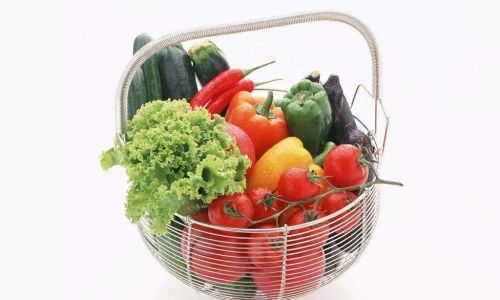
-
Humidity Management: Maintaining the right humidity level is crucial for preserving the crispness of leafy greens and other vegetables with high water content. Too much moisture can lead to mold, while too little can cause wilting.
-
Light Exposure: Light can accelerate the breakdown of chlorophyll and other nutrients in vegetables, leading to discoloration and loss of flavor. Always store vegetables in opaque containers or wrap them in paper towels or plastic bags to protect them from light.
-
Oxygen Reduction: Oxygen is a catalyst for oxidation, which can cause vegetables to spoil quickly. Techniques like vacuum sealing or storing vegetables in airtight containers can help minimize oxygen exposure and extend shelf life.
Refrigerator Storage Techniques
For most households, the refrigerator is the primary means of vegetable preservation. Here are some tips for optimizing refrigerator storage:
-
Proper Sorting: Separate different types of vegetables to prevent cross-contamination and the spread of ethylene gas, which can accelerate ripening and spoilage. For instance, apples and bananas emit ethylene, so they should be kept away from more delicate vegetables.
-
Crisper Drawers: Use the crisper drawers specifically designed for high humidity (typically labeled as “high humidity” or “fruit and vegetable”) for vegetables like broccoli, carrots, and spinach. These drawers help maintain optimal humidity levels.
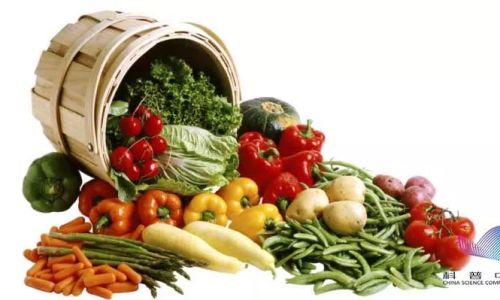
-
Wrap It Right: For vegetables like cucumbers and bell peppers, which can become soft and slimy if left exposed, wrap them loosely in paper towels before placing them in plastic bags or containers. This absorbs excess moisture without trapping too much humidity.
-
Avoid Washing Until Use: Unless the vegetables are visibly dirty, it’s best to wash them right before use. Washing removes the natural protective layer on the surface, making them more susceptible to bacteria and spoilage.
Freezing Vegetables
Freezing is an excellent method for preserving vegetables for long-term storage, especially during peak harvest seasons. Here’s how to do it effectively:
-
Blanching: Most vegetables need to be blanched before freezing to deactivate enzymes that cause spoilage and to help retain color and texture. Blanch vegetables in boiling water for a few minutes (the exact time depends on the type of vegetable) and then plunge them into ice water to stop the cooking process.
-
Drying: After blanching, pat the vegetables dry with paper towels to remove excess water. Excess moisture can form ice crystals during freezing, which can damage the vegetable’s cells and affect texture upon thawing.
-
Freezing Methods: Vegetables can be frozen in single layers on baking sheets before being transferred to freezer bags or containers. This ensures they don’t freeze into a solid block, making it easier to portion out what you need later.

-
Labeling: Always label frozen vegetables with the date and type, so you know how long they’ve been stored and what they are when you pull them out months later.
Canning and Pickling
Canning and pickling are traditional preservation methods that involve processing vegetables in a way that kills bacteria and seals them in an airtight container, preventing spoilage.
-
Canning: This involves heating vegetables in a water bath or pressure canner to a high enough temperature to sterilize them. Properly canned vegetables can last for years if stored in a cool, dark place. It’s crucial to follow safe canning practices to avoid botulism and other food safety risks.
-
Pickling: Pickling involves preserving vegetables in a brine or vinegar solution, which creates an acidic environment that inhibits the growth of harmful bacteria. Pickled vegetables, such as pickles, cucumbers, and beets, add a tangy, crunchy element to dishes and can be stored for several months in a sealed jar.
Dehydrating Vegetables
Dehydrating, or drying, vegetables removes most of the moisture content, making them lightweight, easy to store, and suitable for long-term preservation. Dehydrated vegetables can be rehydrated before use, retaining much of their original flavor and nutritional value.
-
Equipment: A food dehydrator is the most efficient tool for dehydrating vegetables, but you can also use your oven on its lowest setting with the door slightly ajar.
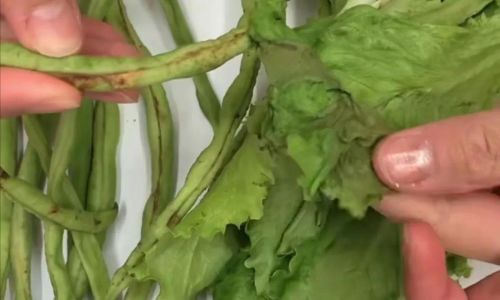
-
Preparation: Slice vegetables thinly to ensure they dry evenly. Blanching certain vegetables, like carrots and potatoes, before dehydrating can improve their texture and color when rehydrated.
-
Storage: Dehydrated vegetables should be stored in airtight containers in a cool, dark place. They can also be vacuum-sealed for extended shelf life.
Fermenting Vegetables
Fermentation is a natural preservation process that uses beneficial bacteria to convert sugars in vegetables into lactic acid, creating an environment that inhibits the growth of harmful bacteria. Fermented vegetables, such as sauerkraut, kimchi, and pickles, not only have a long shelf life but also offer probiotics, which are beneficial for gut health.
-
Salt and Starter Cultures: Salt acts as a preservative by drawing out moisture and inhibiting the growth of unwanted bacteria. Starter cultures, like whey or commercial fermentation starters, can help establish the right balance of beneficial bacteria.
-
Temperature Control: Fermentation occurs best at temperatures between 68-75°F (20-24°C). Too cold will slow the process, while too hot can kill beneficial bacteria or encourage the growth of unwanted organisms.
-
Monitoring: Regularly check the fermentation process for signs of mold or off odors. Properly fermented vegetables should have a tangy, sour smell and taste.
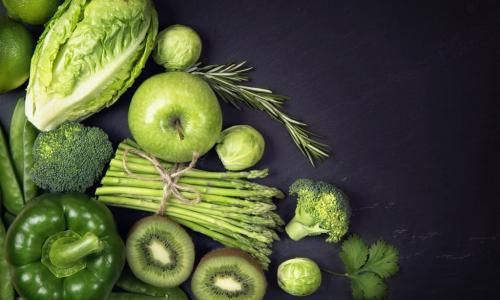
Conclusion
Preserving vegetables is not just about extending their shelf life; it’s about harnessing the bounty of nature’s harvest and enjoying its flavors and nutrients throughout the year. Whether you choose refrigerator storage, freezing, canning, pickling, dehydrating, or fermenting, each method offers unique benefits and can be tailored to fit your lifestyle and culinary preferences. By understanding the basic principles of vegetable preservation and applying the right techniques, you can ensure that your vegetables stay fresh, delicious, and nutritious for as long as possible. Happy preserving!
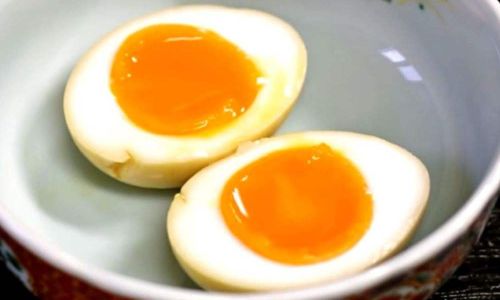
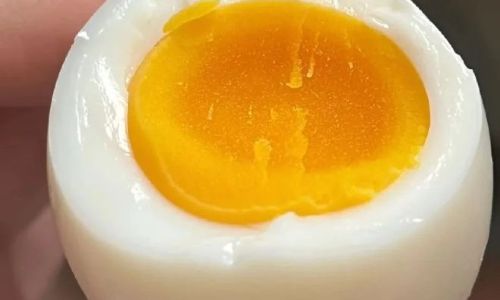
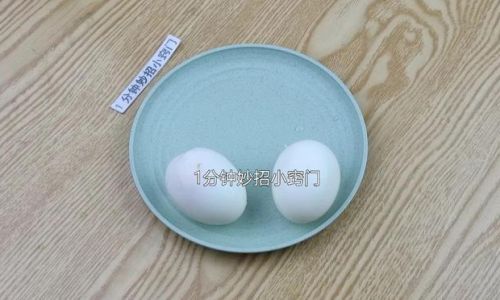
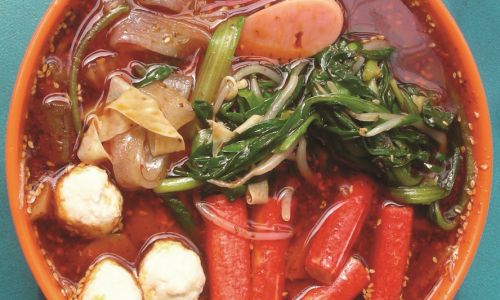
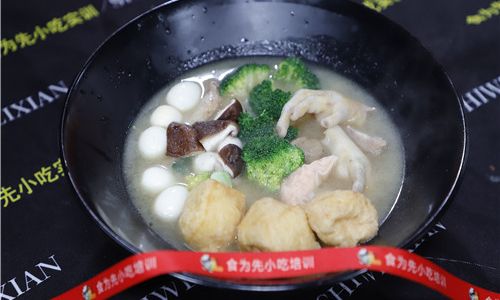
0 comments